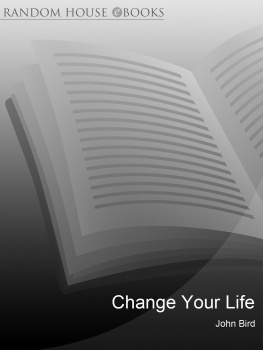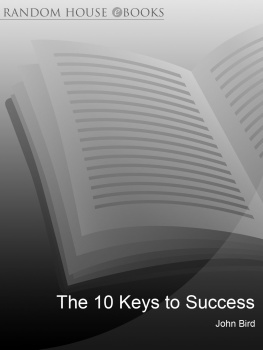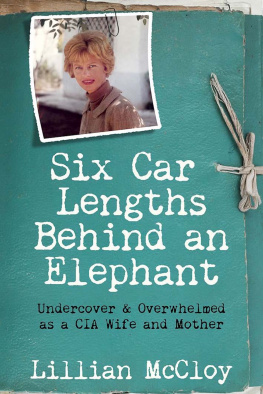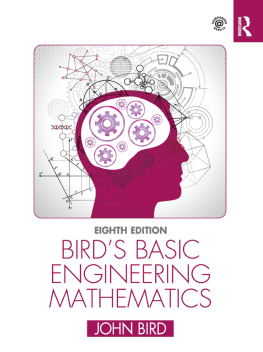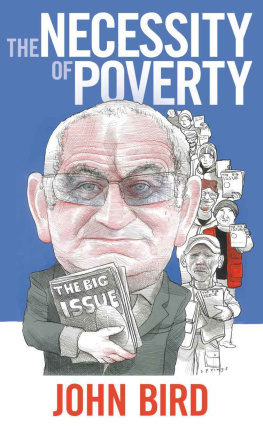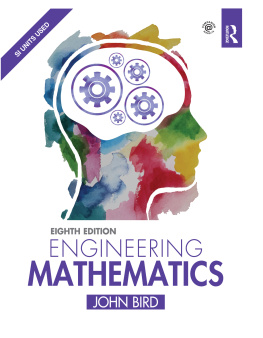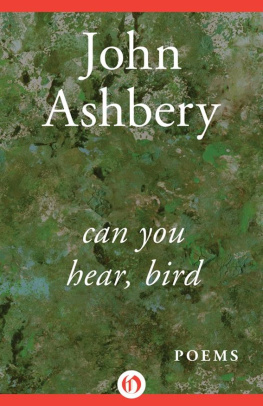Thank you for downloading this Simon & Schuster eBook.
Join our mailing list and get updates on new releases, deals, bonus content and other great books from Simon & Schuster.
C LICK H ERE T O S IGN U P
or visit us online to sign up at
eBookNews.SimonandSchuster.com
We hope you enjoyed reading this Simon & Schuster eBook.
Join our mailing list and get updates on new releases, deals, bonus content and other great books from Simon & Schuster.
C LICK H ERE T O S IGN U P
or visit us online to sign up at
eBookNews.SimonandSchuster.com

SIMON & SCHUSTER
Simon & Schuster Building
Rockefeller Center
1230 Avenue of the Americas
New York, New York 10020
www.SimonandSchuster.com
Copyright 1992 by Kai Bird
All rights reserved including the right of reproduction in whole or in part in any form.
SIMON & SCHUSTER and colophon are registered trademarks of Simon & Schuster Inc.
Designed by Levavi & Levavi
Cover design by Thomas Colligan
Photo by ullstein bild/Getty Images
Picture research by Natalie Goldstein
Library of Congress Cataloging-in-Publication Data Bird, Kai.
The chairman : John J. McCloy, the making of the American establishment / Kai Bird.
p. cm.
Includes bibliographical references and index.
1. McCloy, John Jay, 18951989. 2. StatesmenUnited StatesBiography. I. Title.
E748.M1457B57 1992
973.9'09 2dc20
[B]
9144255
CIP
ISBN 978-1-5011-7064-5
ISBN 978-1-5011-6917-5 (ebook)
F OR S USAN
I am not sure who the chairman of the Establishment is today.... By a thrust of sheer intuition, though, I did get the name of the 1958 chairman and was rather proud of myself for doing so. In that year ; discovered that J. K. Galbraith had for some time been surreptitiously at work in Establishment studies, and he told me that he had found out who was running the thing. He tested me by challenging me to guess the mans name. I thought hard for a while and was on the point of naming Arthur Hays Sulzberger , of The New York Times, when suddenly the right name sprang to my lips. John J. McCloy, I exclaimed. Chairman of the Board of the Chase Manhattan Bank; once a partner at Cadwalader, Wickersham & Taft, and also in Cravath, de Gersdorff Swaine Wood, as well as, of course, Milbank, Tweed, Hope, Hadley and McCloy; former United States High Commissioner in Germany; former President of the World Bank; liberal Republican; chairman of the Ford Foundation and chairmanmy God, how could I have hesitatedof the Council on Foreign Relations; Episcopalian. Thats the one Galbraith said.
RICHARD H. ROVERE, 19611
The American Scholar
PREFACE
This is the first full-scale biography of John J. McCloy. Hundreds of books published in the last thirty years mention McCloy in a paragraph or a footnote. Most books dealing with World War II, postwar Germany, the Kennedy assassination, the Vietnam War, the Cold War, the CIA, or the atomic bomb also mention something of McCloys role. Thomas Schwartzs Americas Germany provides a study of McCloys tenure as high commissioner in occupied Germany. And one book, The Wise Men, by Walter Isaacson and Evan Thomas, summarizes his career together with that of five other members of the Establishment. But it is astonishing how little has been published altogether, and how few Americans are familiar with an individual who had so much to do with running the postwar world.
McCloy himself was reluctant to see a biography written, and when I began this project ten years ago, he took the unusual step of sending a letter to the editor of The New York Times Book Review, disavowing the work. He tried to persuade both me and my publisher to abandon the book. Two years later, however, he agreed to a series of meetings, and then interviews. For a brief time, he attempted to write a short memoir of his own, but that project never came to fruition. After nine long interviews during the years 198386, he and his family once again made known their desire that no biography be written of him. Because of increasing press criticism for his role in the Japanese American internment and the decision not to bomb Auschwitz, McCloy feared any biography would treat him in a hostile fashion. But his reluctance also came from his deep-seated aversion to seeing himself singled out. Lawyers of his generation and background did not like to see their names in print.
In addition to interviews with McCloy, this book is based on interviews with more than a hundred of his friends and associates. (Some of these interviews were conducted by a former colleague.) Several hundred Freedom of Information Act requests resulted in the release of thousands of pages of formerly classified documents from the State Department, the CIA, the FBI, and many other government agencies. Finally, I gathered more than eighty thousand pages of archival material from the National Archives, the German and British official archives, all eight presidential libraries, and numerous private archives, including McCloys own private papers housed at Amherst College.
I hope this book will be read as something more than a conventional biography. McCloys life story is also a story of the American Establishment, that elusively defined elite which in many respects still exerts its influence over the democratic polity. McCloy spent his life serving this Establishment, and in most instances he was truly the best representative of this elite club. At the same time, on issues in which the Establishment left a questionable legacy, it can best be examined through the life of one of its more admirable members.
INTRODUCTION: A MEMORIAL
They came quietly, dressed in dark winter overcoats and furs, and crowded into the Brick Presbyterian Church on the fashionable Upper East Side of Manhattan. By 3:00 P.M., there was standing room only inside the church, and some two hundred people, including a throng of reporters, gathered in front of television monitors set up in the basement. Outside, black limousines lined the streets for a block in each direction, and a few policemen stood guard at the doors of the church.
This was an intimate gathering of a self-selected aristocracy of lawyers, bankers, corporate chiefs, and government officials. They were representatives of the old American Establishment, come to pay their respects to the man known as their chairman, John J. McCloy.
They were from institutions he had served for nearly seven decades: lawyers from the Wall Street firms of Milbank, Tweed, Hadley & McCloy, Cravath, Swaine & Moore, and Cadwalader, Wickersham & Taft; investment bankers from Kuhn, Loeb and commercial bankers from Chase Manhattan Bank; and corporate officers from AT&T, Westinghouse, Dreyfus, Squibb, Allied Chemical Co., Metropolitan Life Insurance Co., the Mercedes Benz Corporation, and all the major American oil companies.
Many were members of the Council on Foreign Relations, and most belonged to the same clubs he had joined long ago: the New York City Bar Association, the Century Club, the Bond Club, the Links, the Anglers Club, and such elusive associations as the discreet Nisi Prius luncheon club, where two members from each of the citys leading law firms met each month to discuss politics, the law, and business affairs. Former colleagues from the Ford Foundation, the Rockefeller Foundation, the American Council on Germany, the Atlantic Institute, and the Aspen Institute had come. Filling the pews were also men from the World Bank, honoring the man who, forty years ago, had served as midwife to that pillar of the postwar international financial system.
Next page

